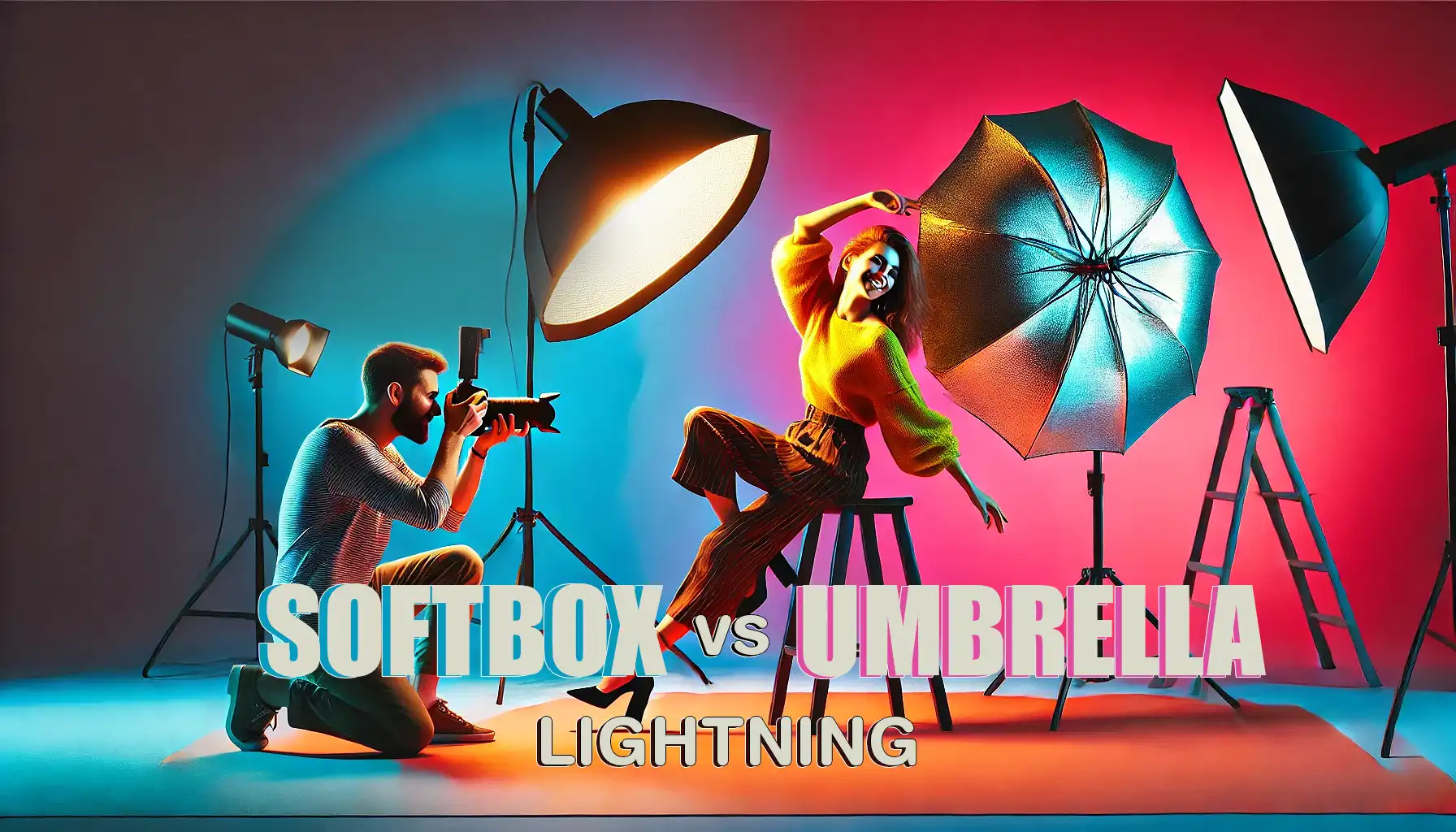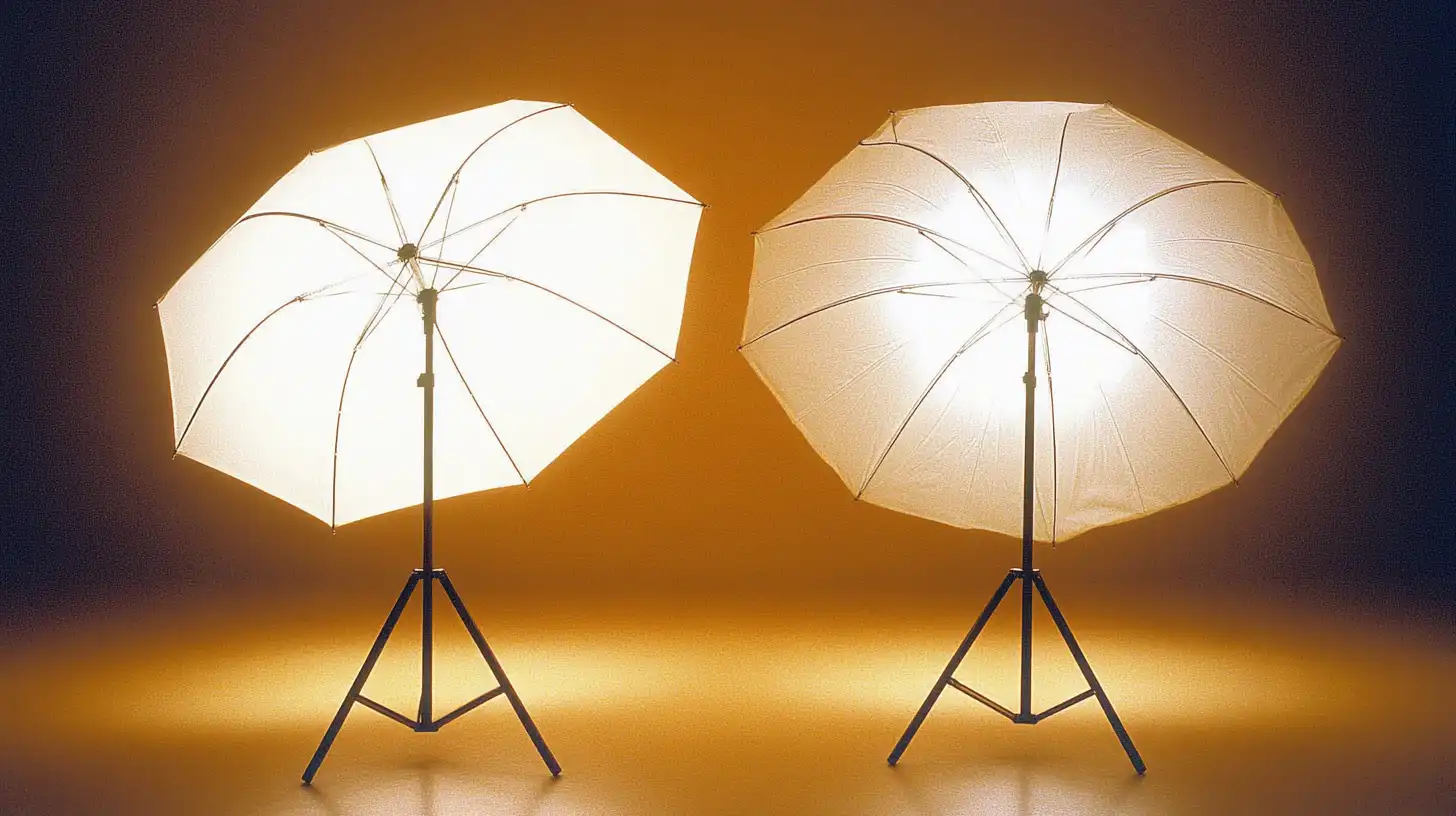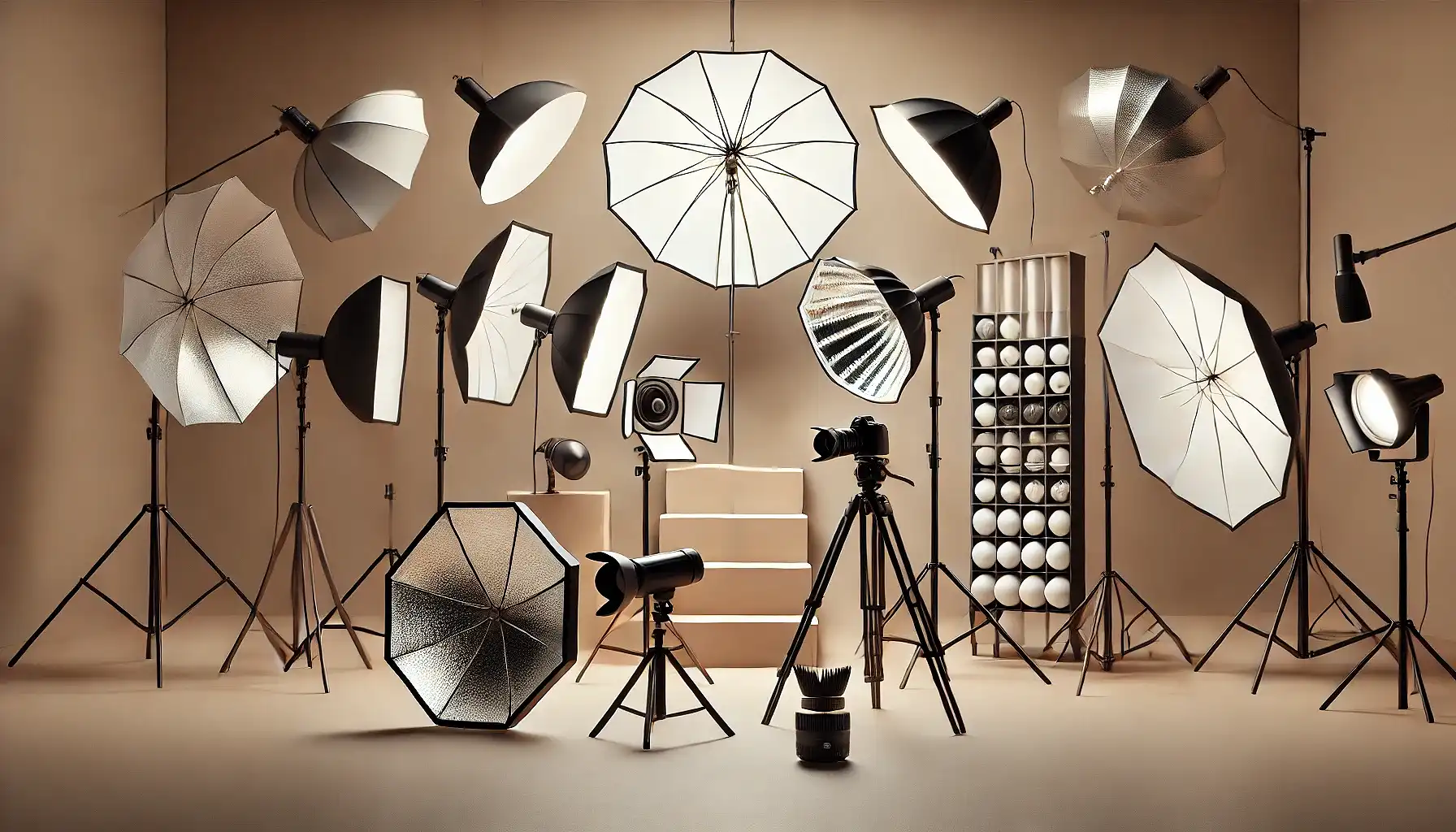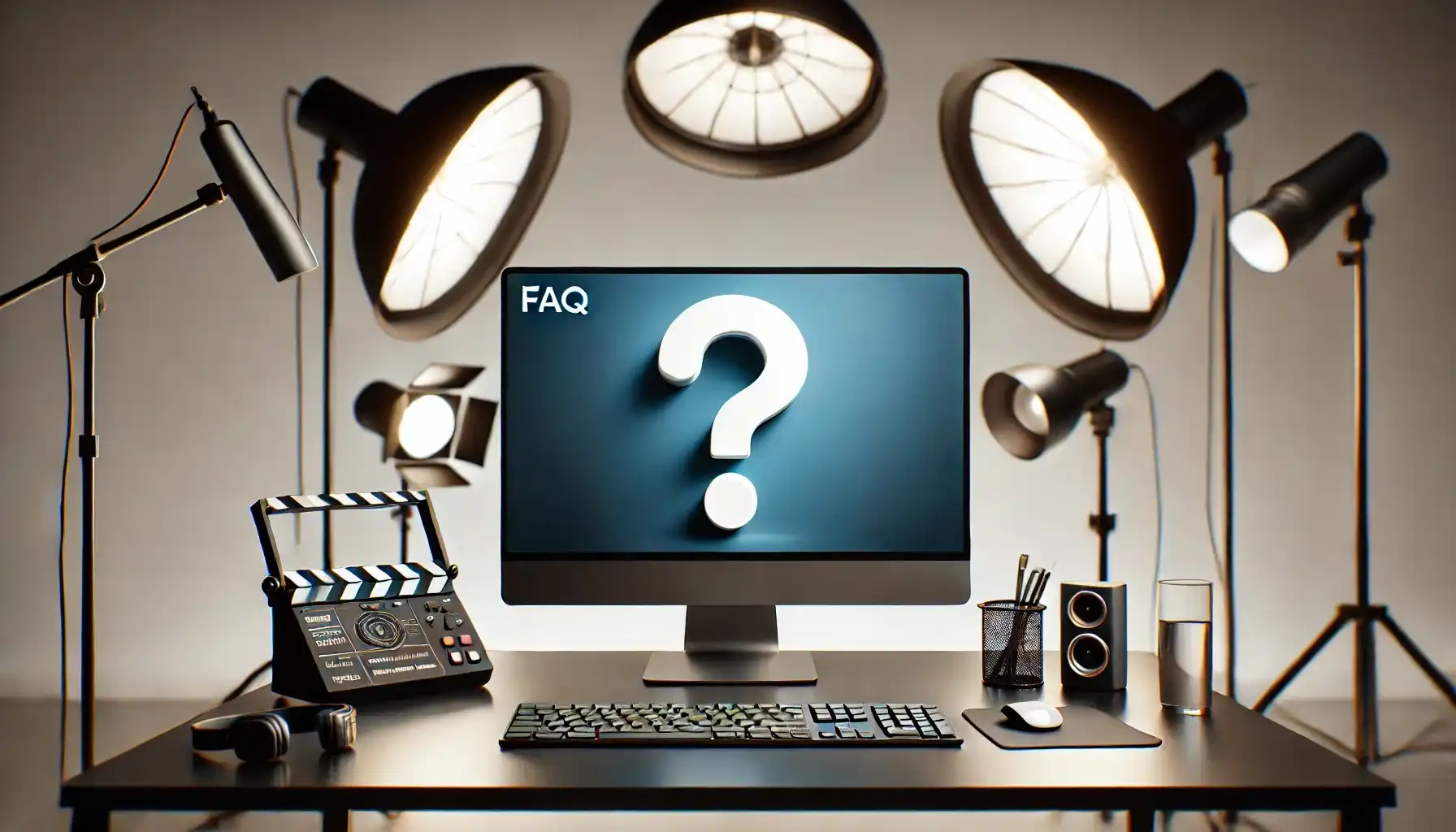
Softbox vs umbrella lighting can be a game-changer in the world of photography. As someone who has spent countless hours mastering the art of lighting, I understand the importance of choosing the right tools to bring a vision to life.
Imagine creating images where the light seems to wrap around your subjects, highlighting every detail with precision. Whether you’re just starting out or looking to refine your craft, knowing when to use a softbox or an umbrella can elevate your work to new heights.
Curious to dive deeper and discover which lighting might be your perfect match? Let’s explore the captivating world of softbox and umbrella lighting together.
Table of Contents
Softbox vs Umbrella Lighting
Exploring the differences between softbox and umbrella lighting will help you understand their unique benefits and applications in photography. This section discusses how each tool impacts photo quality and when to use one over the other.
What is Softbox Lighting?

Softbox lighting transforms harsh light sources into softer, more even illumination. Imagine it as a large box diffusing the light across your subject, resulting in gentle illumination and reduced harsh shadows.
Softboxes are favored by portrait photographers for their ability to provide controlled, soft, wrap-around lighting effects.
They offer directional control, allowing you to decide where the light falls and how it shapes the subject, making them an important tool in portrait photography.
What is Umbrella Lighting?

Diffused lighting is a straightforward method to modify light. A shoot-through umbrella allows light to pass through its translucent fabric, creating a broad and diffused light source similar to natural light.
Conversely, a reflector, often with a silver or white reflective surface, bounces the light back toward the subject, intensifying it.
For the softest light, shoot-through umbrellas are ideal for outdoor shoots or close-up work, offering versatility in different types of photography.
Softbox versus Umbrella comparison
Review the main differences between softbox and umbrella lighting outlined below to better determine which will best meet your specific photography needs:
- Control and Diffusion: Softboxes provide more directional control due to their enclosed structure, making them suitable for situations where control over the light is important. Umbrellas, however, are more portable and versatile.
- Light Spread: A bounce umbrella creates a wide-spread light effect, while shoot-through umbrellas offer a different light diffusion approach.
- Space Considerations: If you have limited space, small softboxes can offer a solution while maintaining light quality.
- Inverse Square Law: The light source's placement impacts how quickly it diminishes. The choice between softbox vs umbrella ultimately depends on the photographer’s needs for diffusion, portability, and light direction.
Pro Tip: To create a balanced setup, consider using a second light to fill in shadows when necessary. This is one of the main tips on photography lighting that can be especially helpful when you want to achieve a natural look without harsh contrasts.
Softbox vs Umbrella Lighting: Understanding Light Modifiers
Explore how light modifiers are used in photography to enhance and shape the light in your images.
What Are Light Modifiers?
Light modifiers change how the light interacts with your subject. They can soften, direct, or even color the light, making them significant tools in photography.
The right light modifier can significantly impact the photo’s aesthetic. So, let’s dive in and learn about them.
Types of Light Modifiers

Examine the various types of light modifiers below to understand their specific functions:
- Softboxes: These are boxy tools that soften and spread the light. You'll often see them in studios. They help photographers wrap light around a subject softly, making them ideal for portrait photography.
- Umbrellas: Commonly used for close-up photography, they come in two types:
- Pass Through Umbrellas: Allows the light to pass through, creating soft light.
- Reflective Umbrellas: Bounces the light back to the subject to add more drama. Understanding the difference between softbox vs. umbrella lighting can enhance your photography skills.
- Beauty Dish: Often used in beauty photography, it emits a softer light that is still quite focused, effectively highlighting details on the subject's face.
- Octagonal Softboxes: These offer a unique light spread due to their shape. They're good for creating round catchlights in the eyes.
- Reflectors: These don't create light but bounce it. They're simple yet significant for fill light.
Choosing the Right Modifier
Different modifiers suit different needs. Some situations require soft, diffused light, while others may benefit from directional light source emphasis.
Factors like environment, mood, and subject type determine the choice of modifier. Most photographers own a variety to be versatile.
Getting Started with Softbox vs Umbrella Lighting Setups
For those starting with lighting setups, comparing a softbox vs. umbrella could be enlightening. Diffused lighting creates broader light, while softboxes offer more directional control.
Consider experimenting with modifiers to discover personal preferences for luminance quality.
Many beginners exploring self-portrait photography ideas might question the difference in lighting effects between a softbox and an umbrella. The softness of the light each provides can vary based on their placement, angle, and the desired effect regarding light spill.
Pro Tip: Want to control light spills during a shoot? Reposition the reflector to manipulate how light bounces and spreads. It’s a valuable trick for achieving different looks!
Experiment with both white and reflective surfaces to judge their effect on the subject’s face.
Shoot Through Umbrella

Discover how a shoot-through umbrella can transform your lighting setup and enhance your photographic results.
Benefits of Using a Shoot-Through Umbrella
A shoot-through umbrella softens and spreads the light source, creating a gentle glow around the subject. This technique helps eliminate sharp shadows and highlights, giving a pleasing, consistent look to your pictures.
The effect isn’t just good for portraits; it’s fantastic for still-life photography as well. Plus, it’s quite pocket-friendly compared to some other light modifiers out there.
How to Use a Shoot-Through Umbrella
Follow these steps to learn how to use the pass-through umbrella.
- Attach it to your light source. Yes, that’s a straightforward task.
- Place the umbrella between your subject and the light. This positioning ensures that the light coming from the source hits the umbrella first and then softly wraps around the subject.
- Adjust the angle of the umbrella to change the direction and spread of the light. Remember, the farther away the umbrella is, the wider and softer the surround lighting effect becomes.
The portable nature of pass-through umbrellas makes them convenient for photographers on the go. Whether you’re comparing the benefits of a softbox vs. umbrella lighting, the ease of use with pass-through will stand out.
Softbox vs Umbrella Lighting: The Role of Reflective Umbrellas
Reflective umbrellas play a significant role as a versatile tool in photography. Unlike shoot-through umbrellas, they work by reflecting light. So, how does this affect your photos? Essentially, it allows for enhanced control over lighting at an affordable cost.
Below is a detailed comparison of softbox and umbrella lighting to help you understand the practical differences and determine which lighting option is best suited for your photography needs
| Feature | Softbox Lighting | Umbrella Lighting |
|---|---|---|
| Control and Diffusion | Offers more directional control with an enclosed structure, suitable for precision lighting. | More portable and versatile, with options like shoot-through for softer effects and reflective for more intense light. |
| Light Spread | Focused light distribution ideal for targeted illumination. | Bounce umbrella creates a wide-spread light effect; shoot-through offers broader diffusion. |
| Space Considerations | Small softboxes can be used in limited spaces but are bulkier compared to umbrellas. | Generally more compact and easy to set up and adjust in confined areas. |
| Cost-Effectiveness | Generally more expensive due to their structure and materials. | Often wins for cost-effectiveness, offering budget-friendly options for various lighting needs. |
| User-Friendliness | Requires some setup, but provides superior control over lighting effects. | Especially user-friendly for beginners; easier to handle and experiment with in diverse shooting conditions. |
Advantages of Reflective Umbrella
Reflectors offer multiple advantages:
- They bounce light onto a subject, using less power for the same bright effect. This is ideal because it saves energy while creating stunning photos.
- These umbrellas provide directional light source capabilities with ease. The control you gain over shadows and highlights can be remarkable.
- Reflective ones emit light much like the human eye naturally sees, creating a softer, more natural appearance.
- When comparing softbox vs umbrella options, lighting umbrellas often win due to cost-effectiveness.
- Moreover, lighting umbrellas are great for those learning to use light modifiers, as they are user-friendly. They act as softer lights, diffusing bright flashes without complex settings.
Softbox vs Umbrella Lighting: Using Reflective Umbrella Effectively
Want to use a reflective umbrella effectively? Follow these tips:
- Place it at an angle to bounce more light onto your main subject. Try various positions to see how each affects the outcome.
- Keep background light in mind to avoid unwanted shadows behind the subject. If needed, consider removing shadows in Photoshop for a cleaner look. If needed, consider using Photoshop's clone stamp tool to meticulously remove or adjust shadows for a cleaner and more professional final image.
- When faced with the question of softbox vs umbrella, lighting umbrellas stand out, particularly for beginners. They make a more suitable option when practicing studio lighting in smaller spaces.
- If you're on the go or shooting in compact environments, a reflective umbrella makes a strong case for portability.
- Though lighting umbrellas can alter the nature of light, remember to experiment to achieve varied effects. Positioning them strategically, even small adjustments, can drastically change the image results.
Pro Tip: When adjusting the white balance in photography to match the type of umbrella used, consider the software tools at your disposal.
Comparing Photoshop Elements vs Lightroom, you might find Lightroom’s color correction tools more straightforward for quick adjustments.
However, for those who require more detailed edits, Photoshop vs Lightroom offers a broader range of advanced capabilities that can handle complex lighting issues more effectively.
Additionally, if you’re comparing Lightroom vs Capture One, you might appreciate Capture One’s superior color management for achieving optimal skin tones and color accuracy in your umbrella lighting setups.
These software options can significantly impact the quality of your final image, especially in how they handle light and color adjustments.
Frequently Asked Questions

Is a softbox better than an umbrella?
- Softboxes are generally preferred for their ability to provide directional light, which offers more control and less spillage than umbrellas.
- Umbrellas, while they can't focus light as precisely as softboxes, are simpler to set up and usually more affordable.
- The choice depends on your specific needs and the shooting environment.
Why do photographers use umbrella lights?
- Photographers use umbrella lights because they are easy to use and set up quickly.
- They help in diffusing light over a wider area, making them ideal for portraits and group shots.
- Umbrellas are also lightweight and portable, which is great for shoots at different locations.
What are umbrella lights good for?
- Softening light: Umbrella lights reduce shadows and soften the light, which is great for achieving a flattering light in portraits.
- Portability: Their lightweight design makes them easy to carry and set up anywhere, which is perfect for on-location shoots.
- Versatility: They can be used in various types of photography, including fashion, portrait, and event photography.
When should I use a softbox?
- Use a softbox when you need more control over the direction and quality of light.
- They are ideal for product photography or any scenario where detailed texture and depth are important.
- Softboxes are also great for video production as they provide a consistent, controlled light source.

Conclusion
Understanding the debate of “softbox vs umbrella lighting” has completely transformed my approach to photography. Initially, I was overwhelmed by the options and unsure which to choose for my projects. However, through trial and error, I discovered the unique benefits each offers.
This knowledge has been invaluable in enhancing my work, allowing me to select the right tool depending on my creative needs. Whether you’re a beginner or looking to refine your skills, I recommend diving deeper into these lighting techniques.
If you’re excited to improve your skills, my Photoshop Course and Lightroom course offer step-by-step guidance on mastering these techniques and more. Plus, you can check out Adobe Photoshop and Adobe Lightroom to explore the tools I rely on daily.
Embracing both softbox and umbrella lighting has not only improved my photography but also deepened my appreciation for the art of lighting.
Read more about Photoshop:















